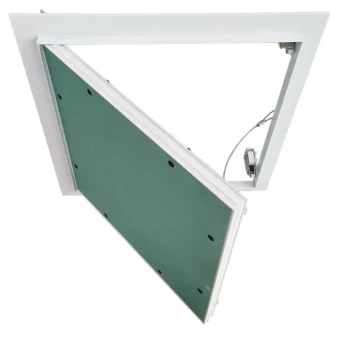Dec . 25, 2024 00:11 Back to list
Highly Effective Rigid Mineral Wool Insulation Boards for Superior Thermal Performance
Understanding Rigid Mineral Wool Insulation Boards
In the realm of construction and building materials, insulation plays a crucial role in enhancing energy efficiency, maintaining indoor climate comfort, and reducing noise pollution. Among the various insulation options available, rigid mineral wool insulation boards stand out due to their excellent thermal properties and sustainable nature. This article delves into the composition, benefits, applications, and installation processes of rigid mineral wool insulation boards, highlighting their significance in modern building practices.
Composition and Characteristics
Rigid mineral wool insulation boards, also known as rock wool or stone wool, are made from natural rock basalt, which is melted at high temperatures and then spun into fibers. These fibers are then compressed into boards, producing a dense and resilient product. The unique structure of mineral wool fibers creates a network of air pockets that enhance thermal resistance while providing effective sound absorption capabilities.
Key characteristics of rigid mineral wool insulation boards include
- Thermal Insulation With a thermal conductivity rating of approximately 0.035 to 0.045 W/m·K, mineral wool boards provide efficient insulation, keeping buildings warm in winter and cool in summer.
- Fire Resistance Mineral wool is non-combustible and can withstand temperatures up to 1000°C. This property makes it ideal for applications where fire safety is paramount.
- Sound Absorption Rigid mineral wool boards excel in acoustic insulation, effectively dampening sound transmission between rooms, making them suitable for residential and commercial environments alike.
- Moisture Resistance Unlike some organic insulation materials, rigid mineral wool does not absorb moisture, preventing mold growth and preserving indoor air quality.
Benefits of Rigid Mineral Wool Insulation Boards
The use of rigid mineral wool insulation boards offers several advantages
1. Energy Efficiency By providing superior thermal insulation, these boards help reduce heating and cooling costs, leading to significant energy savings over time.
2. Sustainability Many rigid mineral wool products are produced using recycled materials, and the boards themselves are recyclable at the end of their life cycle. This makes them an environmentally friendly choice for eco-conscious builders and homeowners.
3. Versatility Suitable for a variety of applications, rigid mineral wool insulation boards can be used in walls, roofs, ceilings, and floor systems. Their adaptability makes them a valuable choice for new constructions as well as retrofitting existing buildings.
4. Ease of Installation The boards are lightweight and easy to cut, allowing for straightforward installation. This can reduce labor costs and time during construction projects.
rigid mineral wool insulation board

Applications in Construction
Due to their unique properties, rigid mineral wool insulation boards are employed in numerous building applications, including
- Residential Buildings They are commonly used in the walls and roofs of homes, both for thermal insulation and to enhance soundproofing between living spaces.
- Commercial Properties Office buildings, hotels, and retail spaces benefit from the thermal and acoustic qualities of mineral wool, creating comfortable environments for occupants.
- Industrial Facilities The fire-resistant properties of rigid mineral wool make it ideal for industrial applications, where fire safety regulations are stringent.
- HVAC Systems Mineral wool insulation is often utilized in ductwork and piping systems to reduce energy loss and noise generated by HVAC equipment.
Installation Process
Installing rigid mineral wool insulation boards involves several key steps
1. Preparation Ensure that the surfaces are clean, dry, and free from any debris. Gather necessary tools, including utility knives, measuring tape, and safety gear.
2. Measuring and Cutting Measure the areas to be insulated accurately and cut the boards to size using a sharp utility knife.
3. Fitting Place the cut boards snugly into the cavities or areas being insulated, ensuring there are no gaps.
4. Sealing In certain applications, seal joints and edges with appropriate tape or sealants to prevent air leakage and enhance insulation effectiveness.
5. Finishing Once installed, cover the insulation boards with drywall or chosen cladding material based on building requirements.
In conclusion, rigid mineral wool insulation boards represent an effective and sustainable choice for insulating diverse building types. With their optimal combination of insulation, fire resistance, and sound absorption, they are essential for modern construction practices that prioritize energy efficiency and occupant comfort. As the push for sustainable building materials continues, the adoption of rigid mineral wool insulation is likely to grow, proving its long-term value in the construction industry.
-
Quality Ceiling Trap Doors & Access Panels | Easy & Secure AccessNewsAug.30,2025
-
Durable Ceiling T Grid Systems | Easy InstallationNewsAug.29,2025
-
PVC Gypsum Ceiling: Durable, Laminated Tiles for Modern SpacesNewsAug.28,2025
-
Pvc Gypsum Ceiling Is DurableNewsAug.21,2025
-
Mineral Fiber Board Is DurableNewsAug.21,2025
-
Ceiling Tile Clip Reusable DesignNewsAug.21,2025







